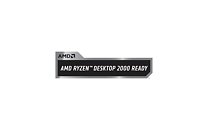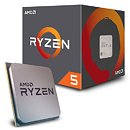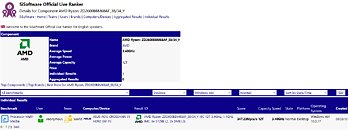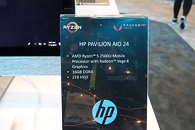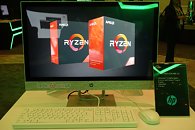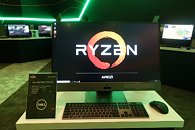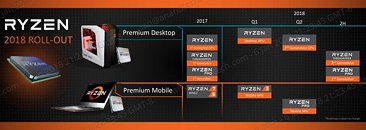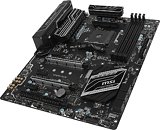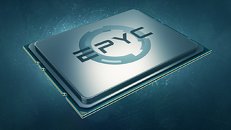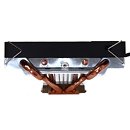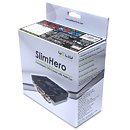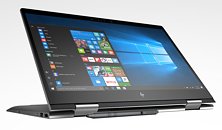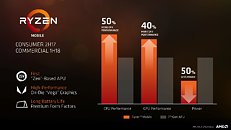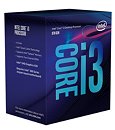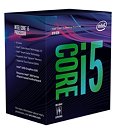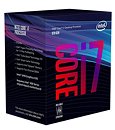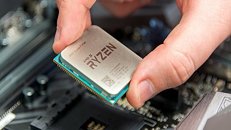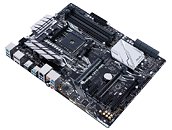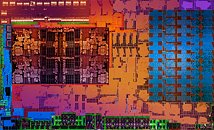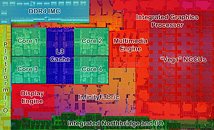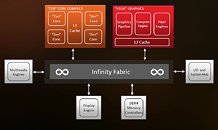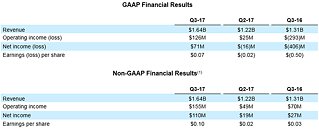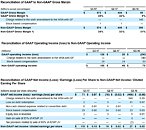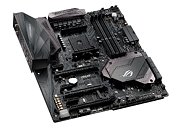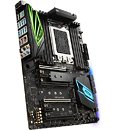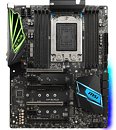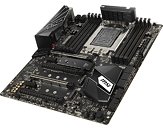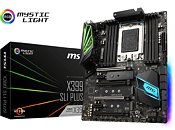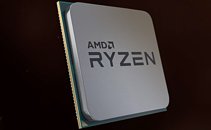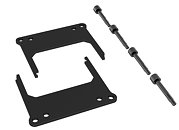
ASRock Outs AM4 Motherboard Raven Ridge BIOS Updates, AMD Standardizes New Label
ASRock today announced that it has posted motherboard BIOS updates for its socket AM4 motherboard product lineup, which enables support for AMD Ryzen 3 2200G and Ryzen 5 2400G APUs based on the "Raven Ridge" silicon. The company posted BIOS updates for all 18 of its AM4 motherboard models, based on AMD X370, B350, and A320 chipsets. To get your BIOS update, visit the downloads section of the product page of your motherboard model on ASRock company website.
In related news, it looks like AMD has standardized a new label for use by motherboard manufacturers on their product boxes to denote out of the box support for AMD Ryzen 2000 series processors, on newer batches of their AMD 300-series chipset motherboards. Motherboards without this label likely won't support chips such as the 2200G or 2400G out of the box, and will require a BIOS update using a supported Ryzen "Summit Ridge" processor first. Motherboards based on the upcoming AMD 400-series chipsets, which should launch in Q2-2018, will support "Raven Ridge" and upcoming "Pinnacle Ridge" processors out of the box, including backwards-compatibility for existing "Summit Ridge" processors.
In related news, it looks like AMD has standardized a new label for use by motherboard manufacturers on their product boxes to denote out of the box support for AMD Ryzen 2000 series processors, on newer batches of their AMD 300-series chipset motherboards. Motherboards without this label likely won't support chips such as the 2200G or 2400G out of the box, and will require a BIOS update using a supported Ryzen "Summit Ridge" processor first. Motherboards based on the upcoming AMD 400-series chipsets, which should launch in Q2-2018, will support "Raven Ridge" and upcoming "Pinnacle Ridge" processors out of the box, including backwards-compatibility for existing "Summit Ridge" processors.

